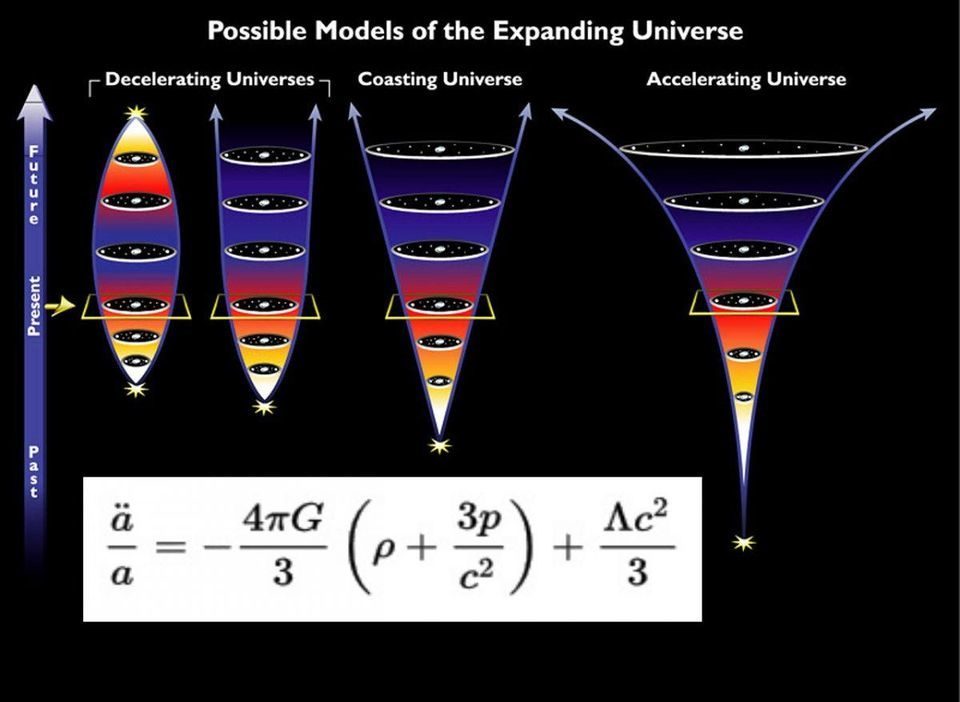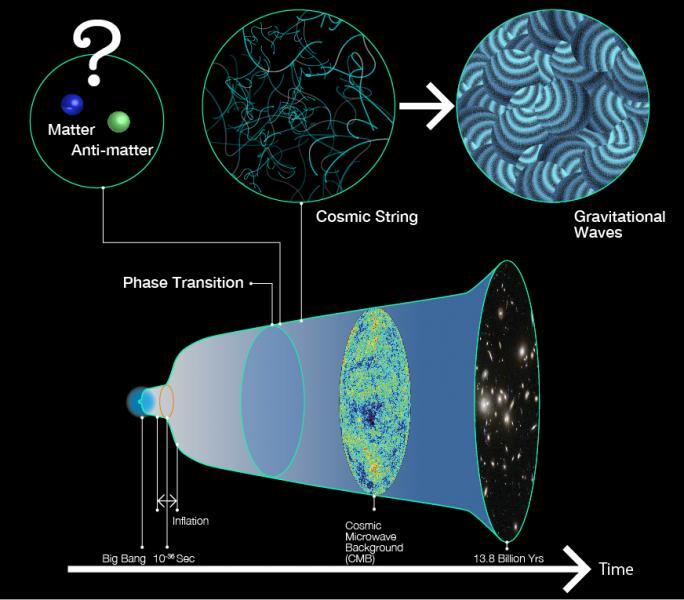

Since the geometry of the dimensions determined how the strings vibrate and thus the particles and forces that they can manifest as, the theory allowed for many combinations of physical laws and constants. What’s more, these extra dimensions could have different shapes and sizes and be shuffled in myriad ways.
#COSMIC STRINGS THEORY PLUS#
Those who plumbed the depths of its rigorous equations compared the quest to spiritual enlightenment.īut the theory demanded a lot from its votaries, such as the blind acceptance of at least 10 dimensions – the four that we are familiar with (up-down, left-right, front-back, and time) – plus another six or more that are invisible because they are curled up, or “compactified,” like origami folded from the fabric of reality. They were also wooed by its mathematical beauty. It wasn’t just string theory’s explanatory power that physicists found bewitching.

“There appear to be no insuperable obstacles to deriving all of known physics,” declared one group of supremely confident string theorists. Cicero)Įxuberant theorists everywhere soon felt that they were on the verge of reconciling the mathematical discord between general relativity, which explains gravity, and quantum mechanics, which describes the interactions of the other fundamental forces. Leonard Susskind, professor of physics, is one of the fathers of string theory. Gravitons are the presumed quantum messengers of gravity, the slippery fourth force that refuses to be corralled into the Standard Model, the theoretical framework devised by physicists to explain how the basic building blocks of matter interact. Most intriguing of all, it also predicted the existence of a massless particle called a graviton. Susskind’s excitement began spreading to the rest of the physics community in 1984, when physicists John Schwarz and Michael Green, now at Caltech and the University of Cambridge, respectively, published a paper suggesting that string theory could describe not only the strong force – the one Susskind sought to explain – but the weak and electromagnetic forces as well. Susskind’s elation lasted for all of two days, until he learned that two other physicists, Yoichiro Nambu at the University of Chicago and Holger Nielsen at the University of Copenhagen, had converged on the idea at exactly the same time. Soon the rest of the world will know, but for the moment I am the only one.’” “You say to yourself, ‘Here I am, the only one on the planet who knows this thing.


Susskind describes his joy in that moment in his book The Cosmic Landscape. Susskind, then a young particle physicist at New York’s Yeshiva University, realized that the mathematical formula that explains what happens when particle pairs collide made more sense if one imagined the particles as individual loops of string that combine and oscillate together for a little while before parting ways.


 0 kommentar(er)
0 kommentar(er)
